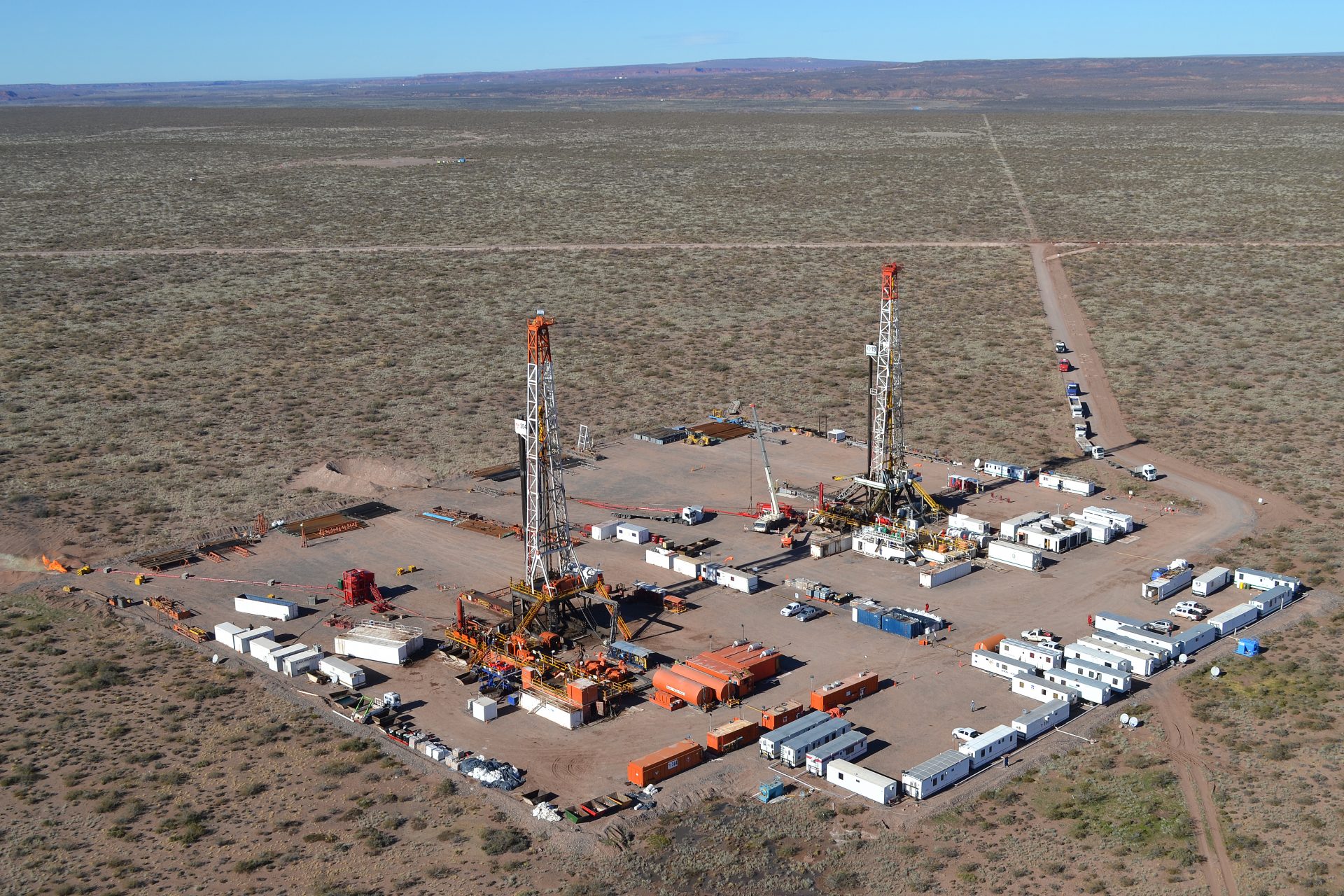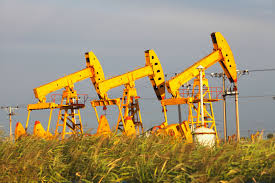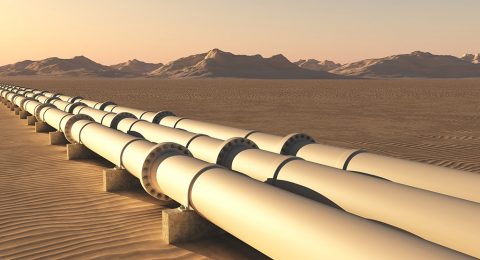More than US$1 billion will have to be invested over the next 20 years to exploit the shale gas of the Vaca Muerta area in Neuquén, which will be used to build between 4,300 and 8,000 kilometres of pipelines and will add five million new clients to the country’s natural gas network, according to a report of the Oil and Gas Institute (IAPG) released yesterday.
IAPG head Ernesto López Anadón said the number of people who have access to natural gas in the country will grow 63 percent from the current 8.19 million to 13.2 million. Such growth will demand an average 260 million cubic metres of gas per day with peaks of 290 million cubic metres in winter, 83 percent more than the current amount of between 140 and 160 million cubic metres.
“That’s an enormous challenge which involves all the sectors such as production, transportation and distribution. It’s an strategic objective for the country considering the large participation of natural gas in the energy matrix,” Lopez Anadón said, talking with the press at the report’s presentation.
Such an ambitious project means high levels of demand on the medium-term for the existing natural gas infrastructure, requiring also large investments to build new pipelines and compression plants. More than 40 percent of the pipelines and about 17 percent of the compression plants are more than 40 years old, according to the report. Most of the country’s pipelines would have to double their capacity to reach the expected demand.
According to YPF energy company, Vaca Muerta multiplied Argentina’s oil reserves by a factor of 10 and its gas reserves by a factor of 40, which will enable the country not only to be self-sufficient in energy but also to become a net exporter of oil and gas. Argentina now has the world’s second largest gas reserves, after China, and the fourth largest of oil, after Russia, the United States and China.
Argentina does not yet produce shale gas on a commercial scale, as it still has large reserves of conventional gas. YPF’s shale oil production represents 10 percent of the company’s total output, and between three and four percent of the oil extracted by all operating companies in the country.
Source: Buenos Aires Herald












